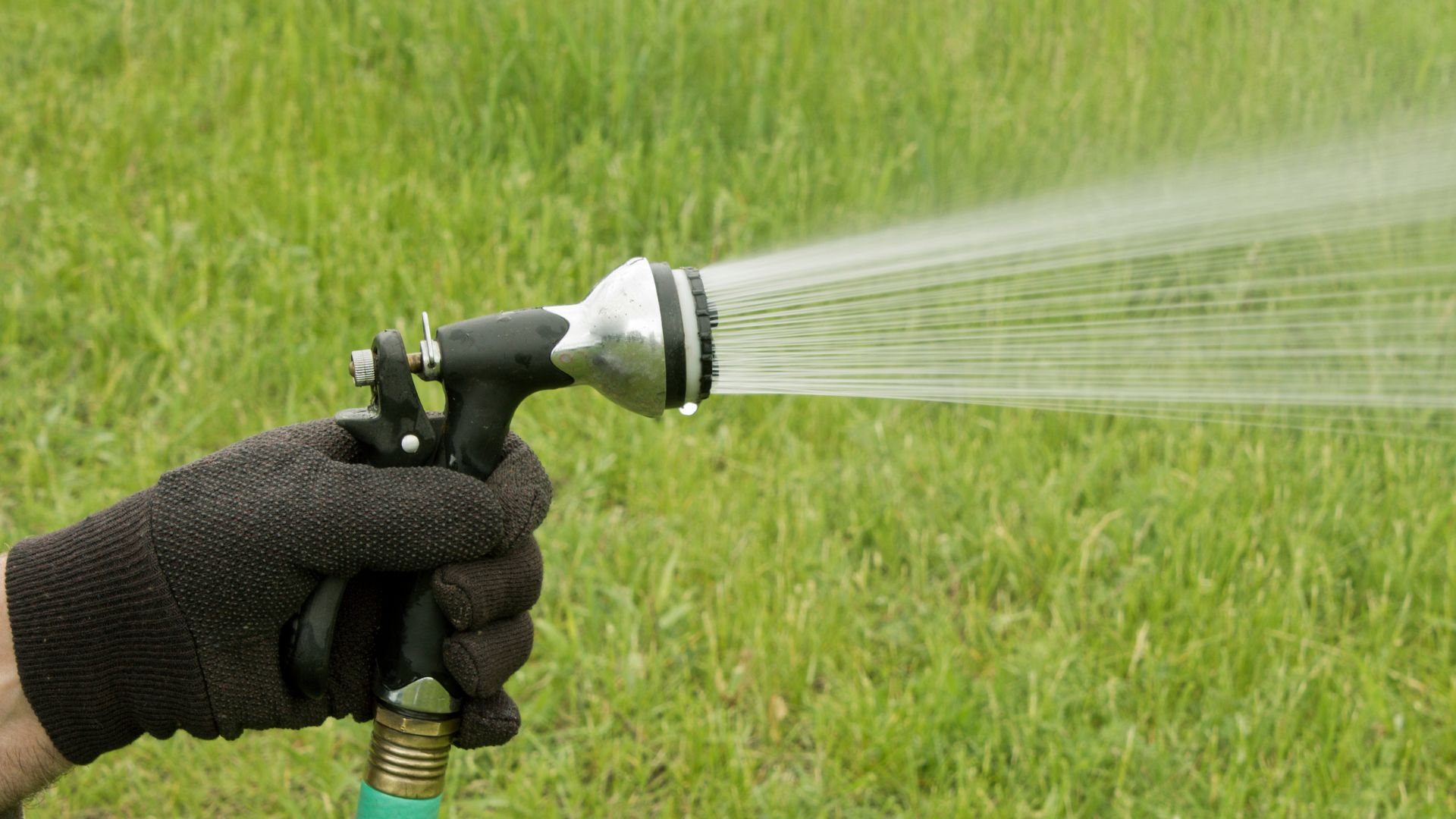Are you weary of dirt, weeds, and continuous mowing? You may assume fake grass is better than grass seed. Artificial grass has several advantages over natural grass. 60% of a home’s water use comes from outside uses like watering the grass, according to the Water Footprint Calculator. In places with severe water shortages, installing drought-tolerant landscaping or fake grass is crucial.
You may be worried about artificial grass‘ safety, comfort, or manageability if you have catch-loving youngsters. Before giving up your lawnmower, consider how these laws might affect your lifestyle.
1. Going artificial has a cost
Table of Contents
Traditional lawns need grass seed, mowing, and fertilizer, but installing artificial grass also costs money. Fixr says installation costs $3,000 to $7,500. Numerous variables affect the cost, including the square footage you’re installing, if you’re using top grade items, and your location.
Compare kinds and brand expenses while comparing possibilities. Polypropylene costs $2 to $6 per square foot, whereas nylon costs $5 to $6. You may save money by installing it yourself, but it requires expertise and the right equipment to look good.
2. Artificial grass is risk-free
Artificial grass safety for children and dogs is a common concern. Adding plastic to your yard may seem counterintuitive. Today’s goods are safe, so you may relax.
Artificial grass is constructed from non-toxic nylon or plastic, according to Rubber Flooring Inc. Brand research is vital since some items are safer than others. Artificial grass and rubber crumb infill on sports grounds are a worry. Once thought to be carcinogenic, research shows that’s not the case. You may still choose inexpensive and ecologically beneficial lawn products.
3. The environmental consideration
Many individuals feel that artificial grass isn’t environmentally friendly and that genuine grass is superior. There’s some dispute and some things to know. Discover Magazine says the conventional green lawn threatens biodiversity and sustainability. There are sometimes better grass options.
According to Rubber Flooring, Inc., fake grass helps property owners save resources, notably water. Grass-cutting doesn’t contribute poisons to the environment, and some forms are built from recyclable materials. Petroleum-based grass isn’t sustainable and might raise your home’s carbon impact.
4. It may still be used by your pets
For anybody with an outside dog, cleaning up excrement from fake grass may seem daunting, but it’s not. Synthetic Grass Warehouse gives some suggestions. First, let trash dry so it’s simpler to pick up. Once cleaned up, use the hose and an enzyme cleanser to rinse the grass.
Liquid waste is trickier. Use a sprinkler or hose to wash off the grass to allow liquid waste to reach the turf and foundation materials. You can use enzyme cleansers, but strong chemicals might harm the surface.
5. Well-maintained, it may last decades
Artificial grass requires upkeep beyond pet waste removal. According to Artificial Grass Liquidators, if you maintain it as the manufacturer suggests and fix any problems, it may last 25 years.
First, remove stains quickly, including coffee, wine, grease, and suntan oil. Using a mild detergent, remove as much material as possible. Rinse the grass often to remove debris. During this operation, the manufacturer may recommend cross-brushing to extend blade life. You can maintain it looking excellent and add value with a little maintenance.






